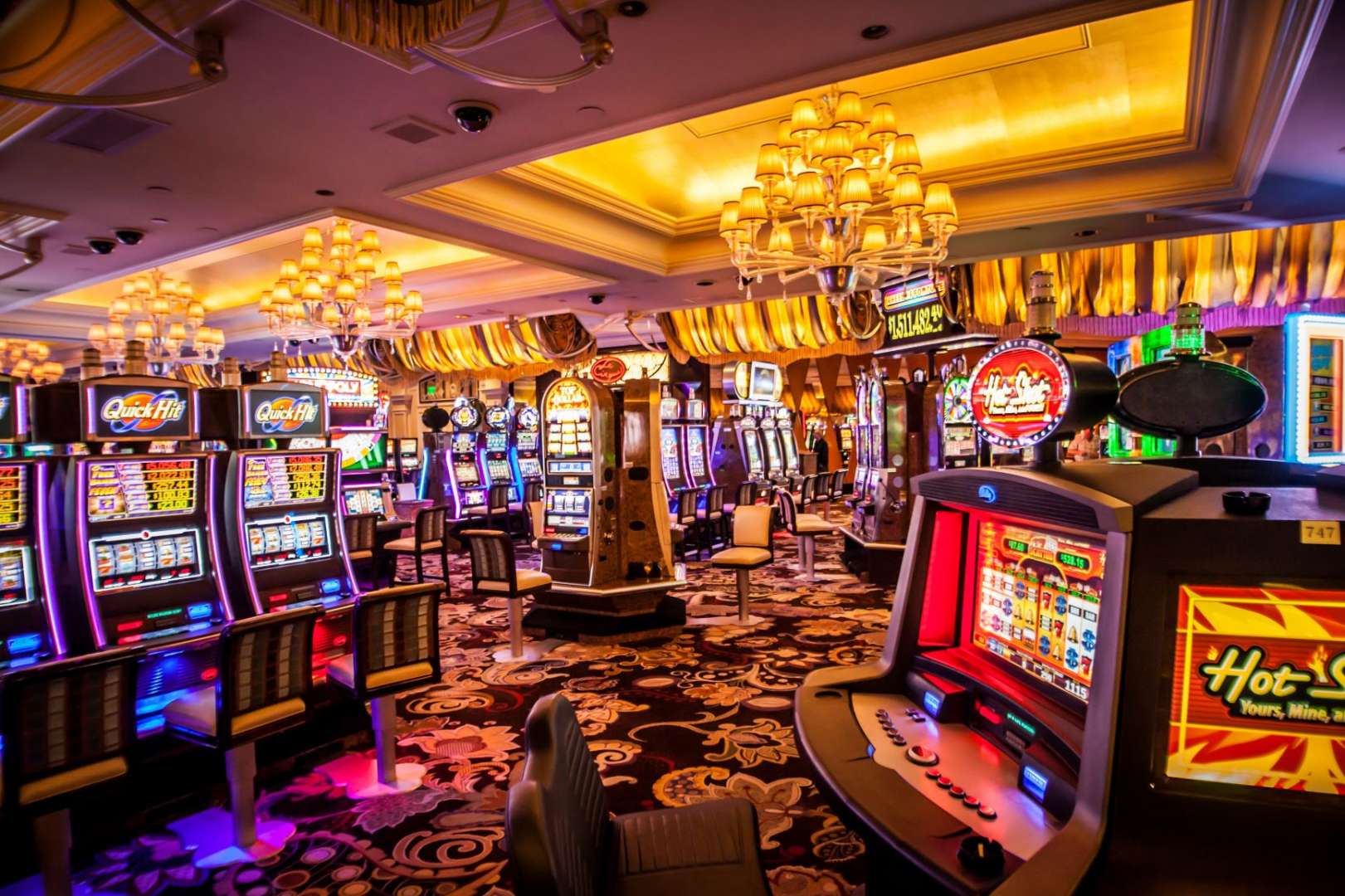The tale of slot machines is a mesmerizing adventure that reflects the progress of amusement and gambling across the years. Beginning in their modest origins in the late 19th century to becoming a fixture in gambling establishments throughout the world, these games of chance have experienced significant evolutions. Slot machines have enthralled players with their vibrant graphics, engaging concepts, and the promise of wealthy jackpots.
Originally designed as analog machines with spinning reels and a small number of icons, slot machines have evolved into advanced electronic games that feature advanced technology and engaging elements. Currently, they draw in millions of players, each hoping to win big with just the lever pull of a handle or the press of a tap. Delving into the fascinating history of these machines discloses not just the tale of a well-liked activity, but also a depiction of societal changes and technological advancements over the decades.
One of the Birth in Slot Machines
A tale of slot machines originates in the late 19th century, a time when machines were increasingly popular in places of amusement. A groundbreaking slot machine was invented by Charles Fey in 1895, known as the Liberty Bell. This machine featured three spinning reels and five symbols: hearts, diamonds, spades, a horseshoe, and the famous Liberty Bell. Players would pull a lever to spin the reels, and if the symbols matched in a specific combination, players won a payout. Fey’s invention rapidly captured the attention of gamblers and paved the way for future developments in casino slots games.
As the concept of the slot machine gained traction, various inventors looked to enhance Fey’s design. By the dawn of the 1900s, slot machines were becoming a frequent presence in saloons and amusement parks. In 1907, the first electromechanical slot machine was created by Herbert Mills, featuring a more intricate system of payout mechanisms and the renowned fruit symbols that are still associated with slots today. This evolution marked a major shift in the gaming industry, as machines became more entertaining and user-friendly, drawing in more players.
The popularity of slot machines continued to soar throughout the early 20th century, resulting in their extensive use in casinos across the United States. However, the rise of legal restrictions on gambling during the Great Depression posed challenges for the industry. Nhận định bóng đá Many machines were outlawed, but this did not halt innovators. Instead, they adjusted by creating machines that dispensed candy or gum instead of cash prizes, effectively bypassing the restrictions while still offering the thrill of a casino slots game. This creativity kept the spirit of gambling intact, setting the stage for the eventual resurgence of slot machines in modern casinos.
Advancement of Casino Slot Technology
The history of gambling machines commenced in the final 19th century with the debut of the initial mechanical slot machines. Charles Fey, a West Coast craftsman, introduced the first slot machine in 1895, which featured three revolving reels and five images: heart shapes, diamonds, spades, a horseshoe, and the Liberty Bell itself. This straightforward yet enthralling design laid the foundation for the future of casino slots game, creating an swift attraction for gamblers looking for fun and a shot to earn. bongdalu5.ink

As technology advanced, so did the appearance and capabilities of slot machines. By the central 20th hundred years, electromechanical machines appeared, incorporating electronic elements to boost gameplay and boost payout opportunities. These improvements allowed for more complex features like multiple paylines and bigger jackpots. The casinos welcomed these innovations, leading to the growth of slot machines as a major provider of profits within the gambling sector, fundamentally changing the casino slots game experience.
The closing 20th and initial 21st hundred years introduced the age of digital technology, leading to the debut of video slots. These gaming units replaced traditional reels with screens, permitting even more creativity in themes and gameplay mechanics. Players could now appreciate immersive graphics and sound effects, along with involving bonus rounds. The transition to internet gambling further changed the casino slots game, rendering slots accessible to a global audience whenever and everywhere, thus marking a new phase in the development of slot machine innovation.
The Social Influence of Gaming Machines
Slot machines have become more than just a means of leisure; they have integrated into the fabric of mainstream culture. Across movies and television shows to music and literature, these iconic gaming machines often act as symbols of chance and risk. Films like The Casino and Ocean’s 11 notably highlight slots, depicting them as exciting yet uncertain elements of the gambling experience. Their unique attraction lies in the sound of coins clinking, the revolving reels, and the vibrant blinking lights, which together create an exhilarating atmosphere that draws people in.
In addition, slot machines have shaped social gatherings and events, making them a focal point in casinos and gaming venues. Many people do not just visit a casino to gamble; they go for the full experience, which encompasses the social interactions and the lively ambiance surrounding these machines. Special contests and themed gaming nights centered around slots also showcase their popularity, fostering social connections and collective fun among players. This community aspect has contributed to the machines’ enduring popularity.
The evolution of technology has also transformed this cultural impact. Digital and online slots have expanded access to these games well beyond the walls of physical casinos. Players can now enjoy their favorite casino slot games from home or on the go, leading to the rise of virtual forums and forums where enthusiasts share strategies and experiences. The ongoing innovation in game design and the inclusion of storytelling have kept the cultural significance of slot machines alive, attracting younger audiences while maintaining a tie to their historical roots.
